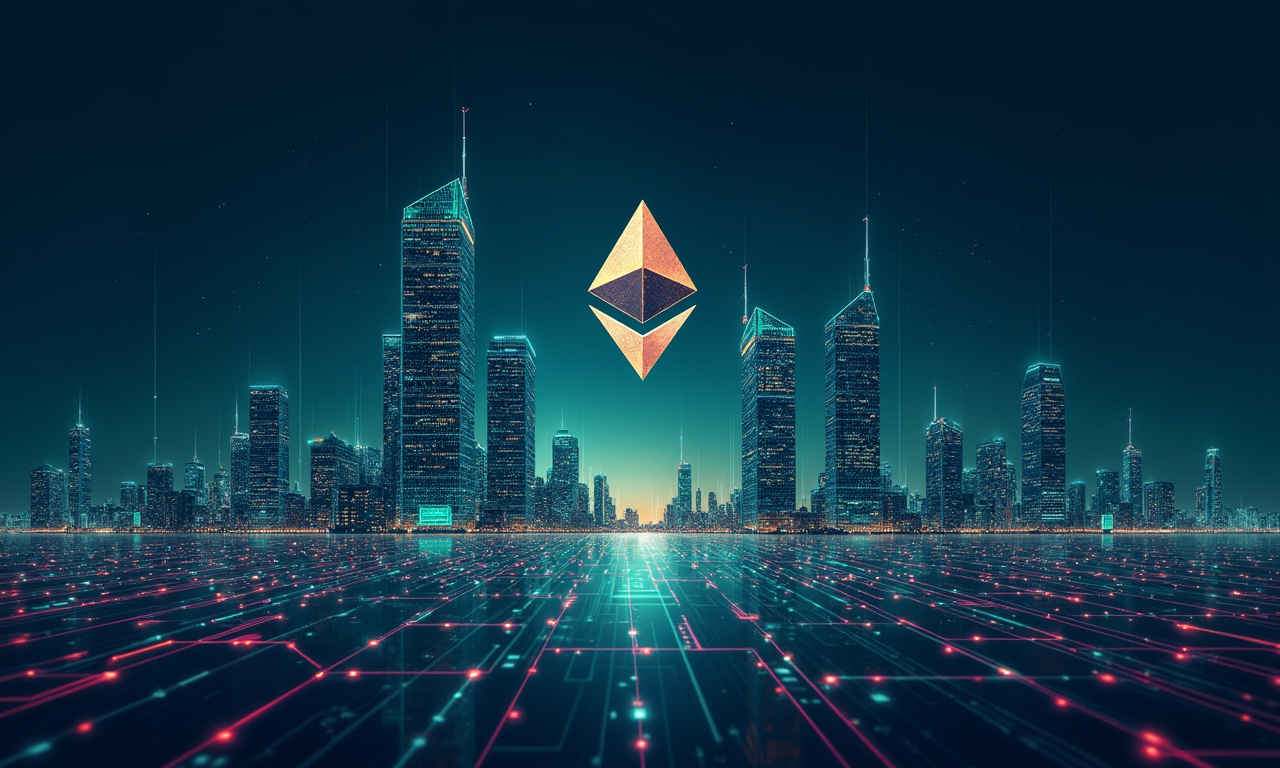As so often in the blockchain world, things are moving quickly, and new platforms seeking to unseat the current hegemony of Ethereum are appearing daily. Monad is a high-performance, developer-friendly, and inclusive Layer 1 blockchain. The network itself can handle a wow-inducing 10,000 TPS. This article will explore Monad’s architecture on the ground. To gauge both what this technology will bring to Ethereum and if Monad can truly deliver on its scalability claims, it will showcase its parallel execution and deferred processing capabilities.
Understanding Monad's Architecture
Monad distinguishes itself by a number of architectural innovations specifically built to address the limitations of legacy blockchain designs. At its heart, Monad uses parallel execution and deferred processing to hit many times higher throughput.
Parallel Execution
Monad’s model of parallel execution is a truly revolutionary solution to scaling blockchain. Importantly, this is what allows the platform to claim high TPS claims, even 10,000 TPS. Monad unlocks execution at scale, enabling EVM transactions with no shared dependencies to run in parallel. This enables parallel processing of transactions to further increase throughput tremendously. Validators are able to process many more transactions concurrently today due to the availability of multi-core processors. This new kind of innovation changes the game for transaction processing. Monad uses an execution method called optimistic parallel execution. It batches many transactions together, under the assumption that they touch unrelated areas of state, and rolls back/invalidate any impacted transactions batched together when a state collision is detected. Monad’s approach decouples consensus from execution, enabling execution to happen in parallel. This would allow transactions to be executed in parallel and only selectively replayed if a state conflict is detected.
Deferred Processing
Deferred processing is a second key aspect of Monad’s architecture. Monad decouples transaction execution from the consensus process. This dual-track approach minimizes network latency in transaction processing and allows for sub-second confirmation times. In Monad’s case, deferred execution practically doubles the gas limit. This update makes it possible to run more sophisticated smart contracts and more complex applications, expanding the possibilities to a wider breadth of use cases and applications. This design allows for execution of transactions at the same time. This improves the network’s ability to process more transactions allowing Tshoot to provide faster speeds with a greater user experience.
Monad vs. Ethereum: Scalability and Potential Impact
Monad’s chief value proposition is in its promise to solve the scalability issues that have long dogged Ethereum. Ethereum has made great progress with Layer 2 solutions. At the same time, Monad is focused on providing extreme scalability from the ground up, at layer 1.
Scalability Advantages
Monad's ability to deliver on its scalability promises could have a significant impact on Ethereum's dominance. Monad, with its unparalleled speed and efficiency, provides the ultimate middleware infrastructure for decentralized applications. Such an advantage would certainly attract developers and users away from Ethereum. Ethereum’s first-mover advantage and robust ecosystem are a big hurdle to overcome, one that will be tough for Monad to leap over.
- Increased Throughput: Monad's parallel execution and deferred processing enable significantly higher transaction throughput compared to Ethereum's sequential processing model.
- Reduced Latency: The decoupling of transaction execution from consensus reduces latency, resulting in faster confirmation times.
- Higher Gas Limit: Deferred execution allows for a higher gas limit, enabling more complex smart contracts.
- Optimistic Execution: Monad uses optimistic execution to handle transactions in parallel, provisionally executing them and checking for conflicts involving shared data, which can further improve transaction speeds.
Potential Impact on Ethereum
Monad has some serious difficulties ahead that threaten its adoption and long-term success.
Challenges and Considerations
Monad has deep and difficult challenges ahead to gain widespread adoption. Unlike incumbents like Ethereum, Avalanche, Solana and Sui, it is still relatively new to the market. Persuading the other developers already building Ethereum Layer 2s and Layer 3s to come over will be a tall order.
Adoption Hurdles
Monad's platform is still in its early stages, so the technology hasn't been proven yet, making it one of the biggest risks. All of the Monad-native projects have expressed that they need to operate in a highly scalable environment, and Monad's value proposition would be nullified if it doesn't achieve the level of scalability it is projecting.
Technology Risks
Learning from Monad, building a supportive ecosystem will be key to their success. This means getting developers on-board, building supportive ecosystems and partnerships, and generating enthusiasm and interest from a community of potential users.
Ecosystem Development
Monad is a really interesting Ethereum alternative with a unique architecture and clear emphasis on scalability. With its highly parallel execution and deferred processing architecture, it provides the promise of up to 10x greater throughput and 100x anti-age latency. Monad is up against daunting challenges with a path to adoption, technology risk, and ecosystem development. Dan Matuszewski, co-founder and principal of CMS Holdings remarked that Monad could get adoption on the level of Ethereum and Solana. He stressed that this will be a process of years. Monad has the promise to address these hurdles and might even be able to dethrone Ethereum in the process. What’s more, its rise as a high-performance Layer 1 blockchain makes it one of the most positive developments to watch in the quickly evolving blockchain world.
Concluding Thoughts
Monad presents an intriguing alternative to Ethereum with its innovative architecture and focus on scalability. Its parallel execution and deferred processing capabilities offer the potential for significantly higher throughput and lower latency. However, Monad faces significant challenges in terms of adoption, technology risks, and ecosystem development. As Dan Matuszewski, co-founder and principal of CMS Holdings, noted, while Monad could eventually reach the level of Ethereum and Solana adoption, it will take "a number of years." Whether Monad can overcome these challenges and truly dethrone Ethereum remains to be seen, but its emergence as a high-performance Layer 1 blockchain is undoubtedly a development to watch in the ever-evolving blockchain landscape.




